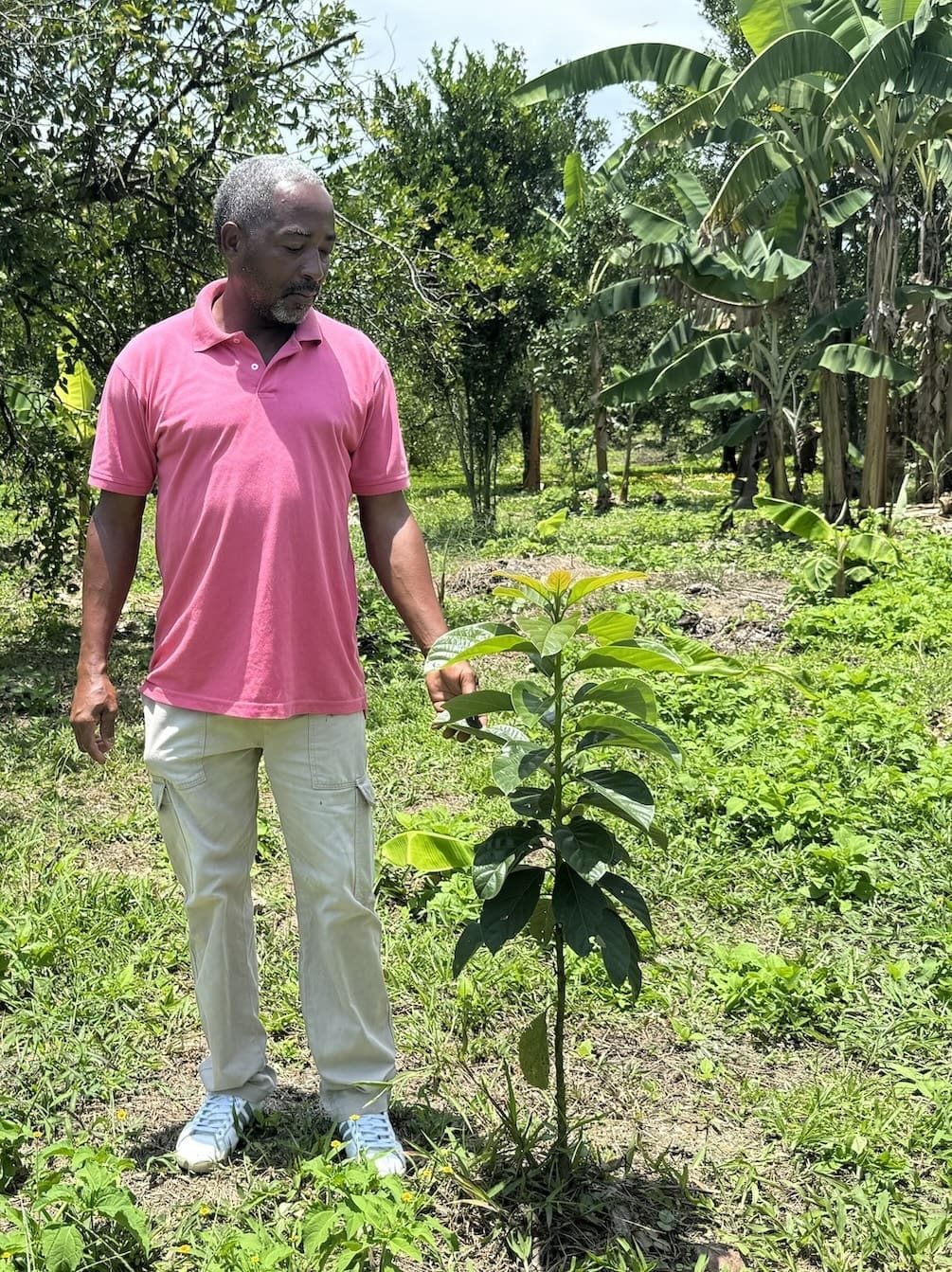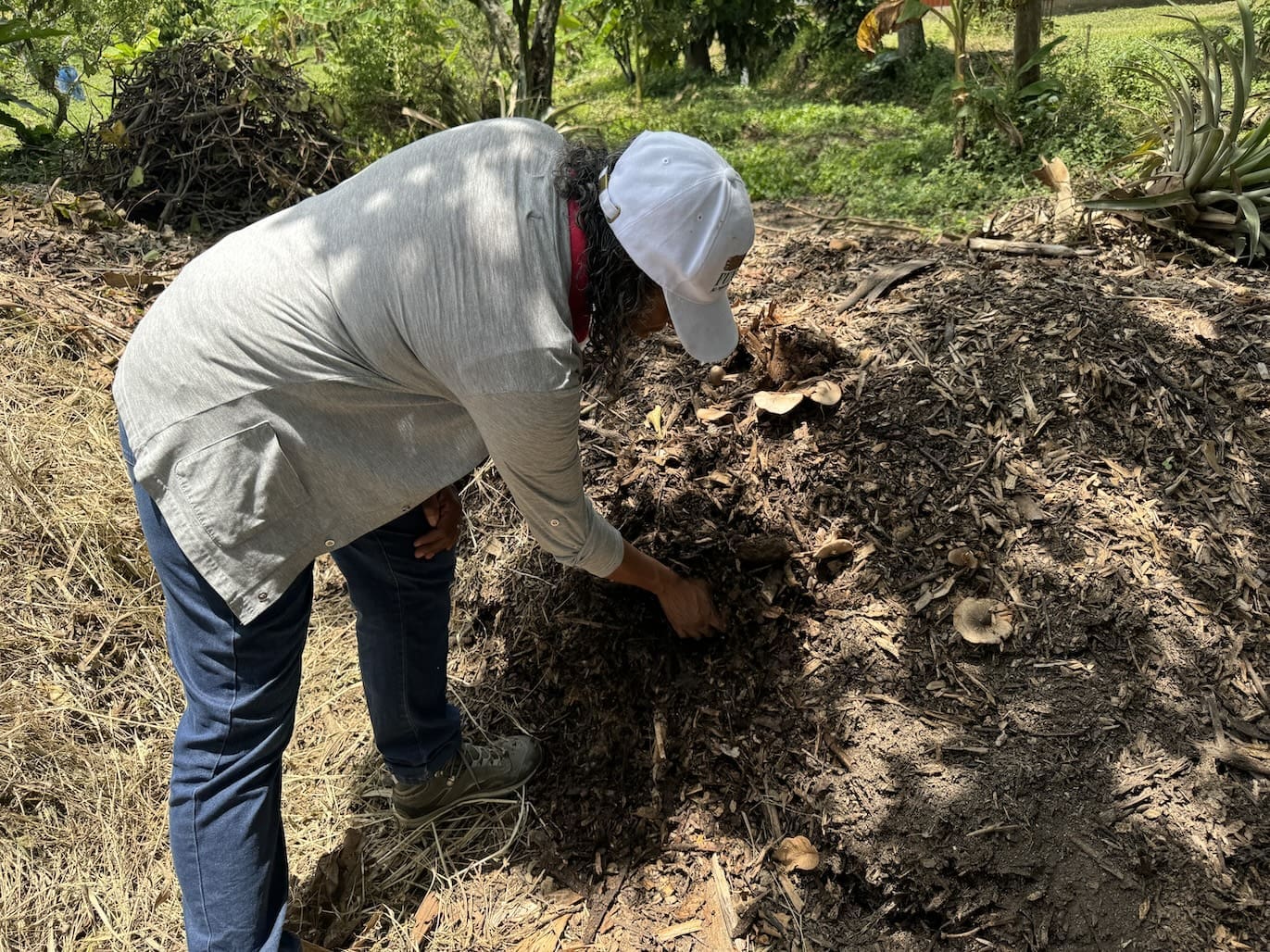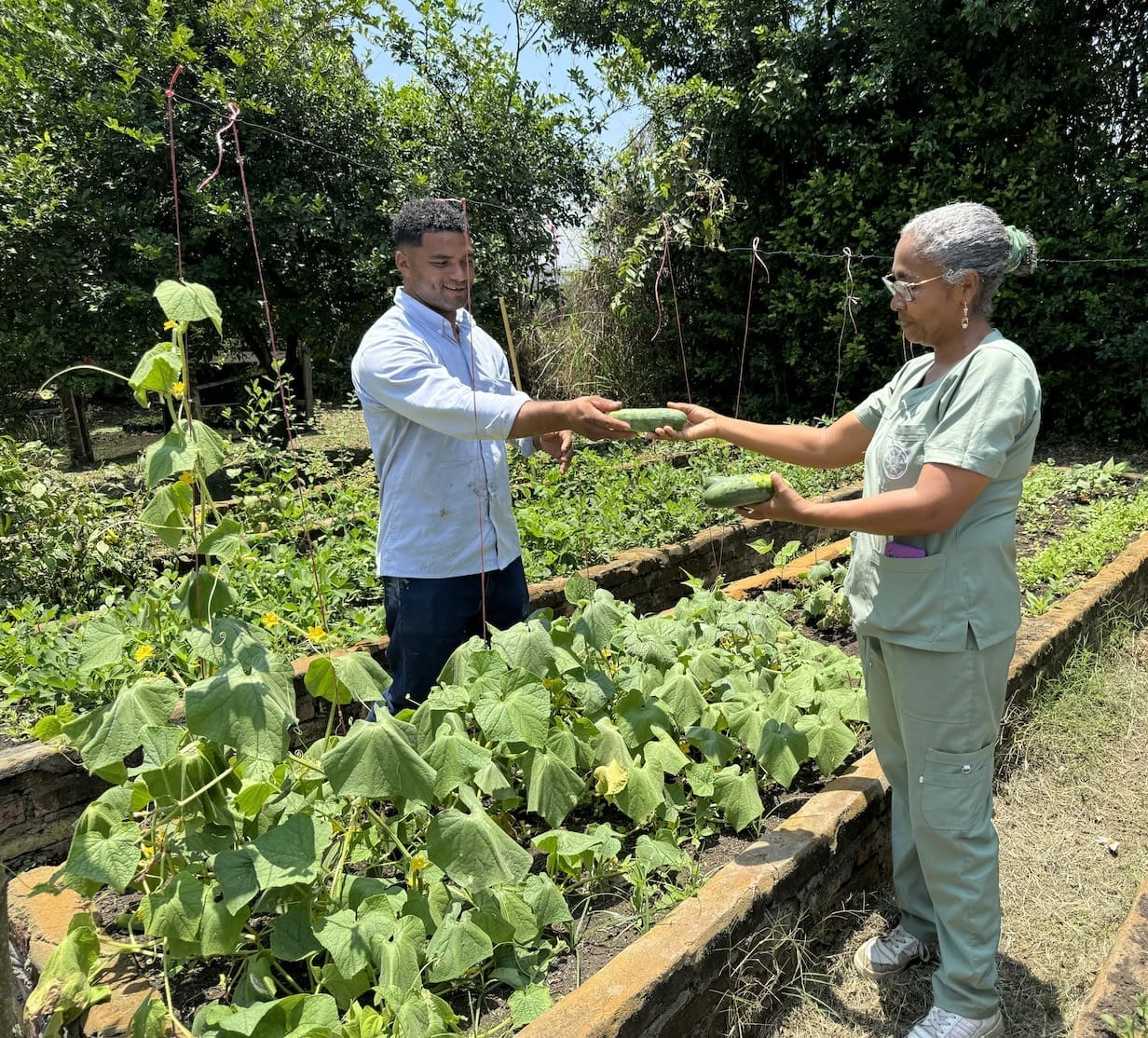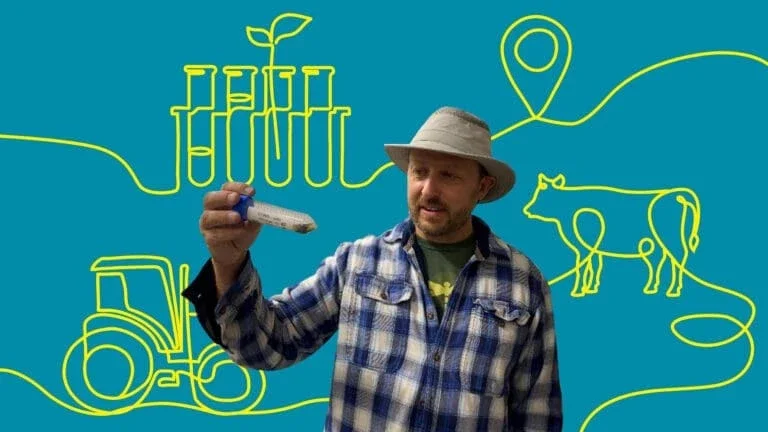The Environmental Cost of Monoculture Crops
Sugarcane now accounts for 88.5 percent of the permanent crops in this region.
Monoculture crops, which cover some 80 percent of agricultural land globally, are responsible for degraded soil and decreased biodiversity.
Sugarcane fields are cited specifically for their large carbon footprint due to the intensive use of agrochemicals, fossil fuel inputs, heavy water use, and burning fields in preparation for the next season.

Valencia and other smallholder farmers = a critical part of the climate change solution.
The project's multidimensional approach includes:
- • The Perico Negro training center, which includes a “Garden of Senses” where aromatic plants and condiments are grown;
- • Four adjoining plots where Valencia and others work regeneratively, taking home 70 percent of their yield while implementing techniques they can then use on their farms;
- • A hotel being built on training center grounds – and expected to be completed this summer – that will include a restaurant and a shop to create sustainability. National and global visitors will be able to see the regenerative work underway while staying on-site;
- • Individualized work with 40 farmers from four communities that includes hands-on training to transition their farms to regenerative agriculture and support for two growing seasons while they make this transition;
- • Perico Negro’s first organic farmers’ market; and
- • Support of two local schools to teach students and parents about regenerative agriculture, plant trees, and replace packaged snacks with fresh foods. “Our hope is that some of them will fall in love with farming, because we need farmers,” said Ever Rivera, the project’s co-director along with Correa.
Statistics to Remember
- ~0%%
of the Earth's land is used for agriculture, says the Food and Agriculture Organization of the United Nations
- 0
of all greenhouse gas emissions come from the global agri-food system
- 0%%
of the globe’s farmlands support monoculture crops, which hurt soil health and biodiversity
How do we produce the food we need while protecting the environment? Growing Hope provides an answer.
Bita CorreaActing DirectorFUNDAEC
More in this Matter of Impact Edition
Unplugged: Andes Communities Face Life Without Electricity
Good news is on the way for Kewinal, Bolivia, high in the Andes Mountains, whose residents have been pleading for electricity to support schools, healthcare, and livelihoods.
read moreData Sounds the Alarm; Community Drives the Solution
Data collection, digitization, and analysis in far-flung locations means public health interventions are based on fact, not opinion -- critical as climate change challenges health systems.
read more










